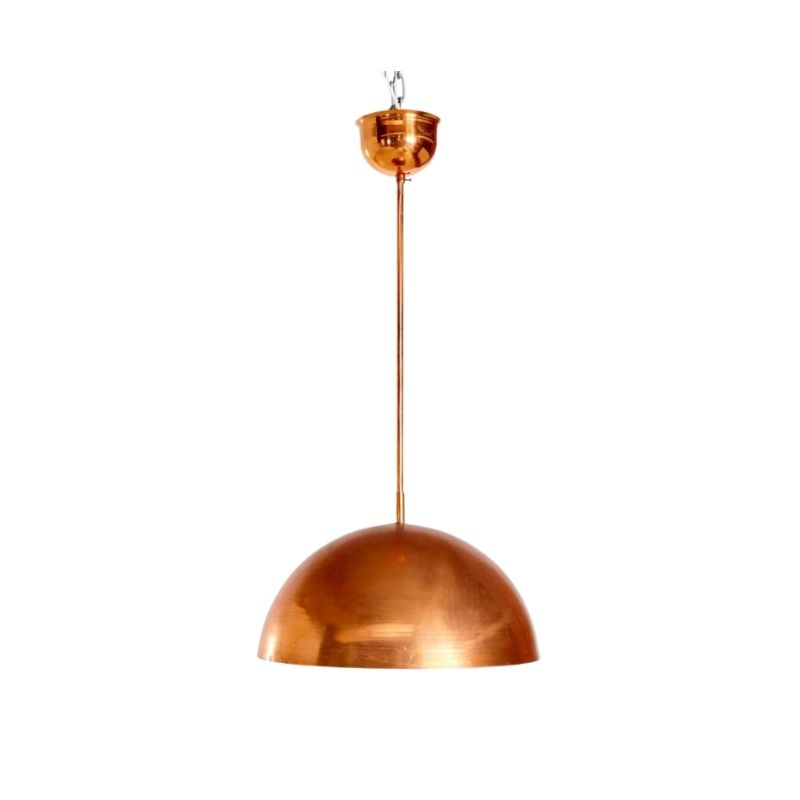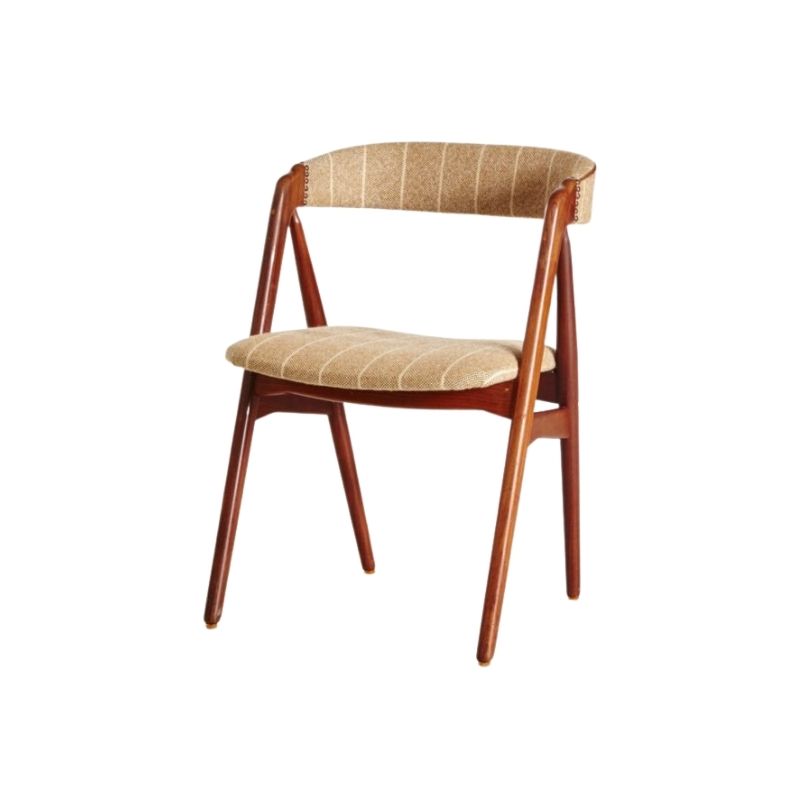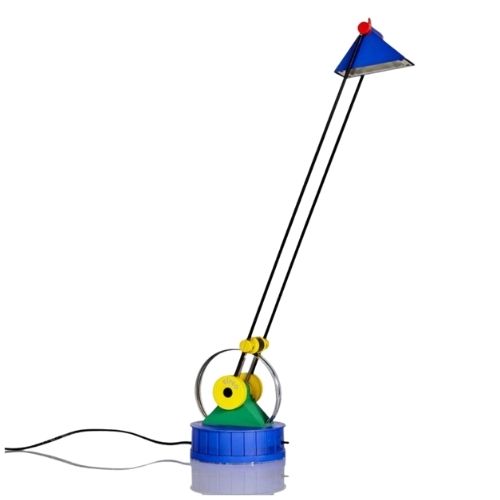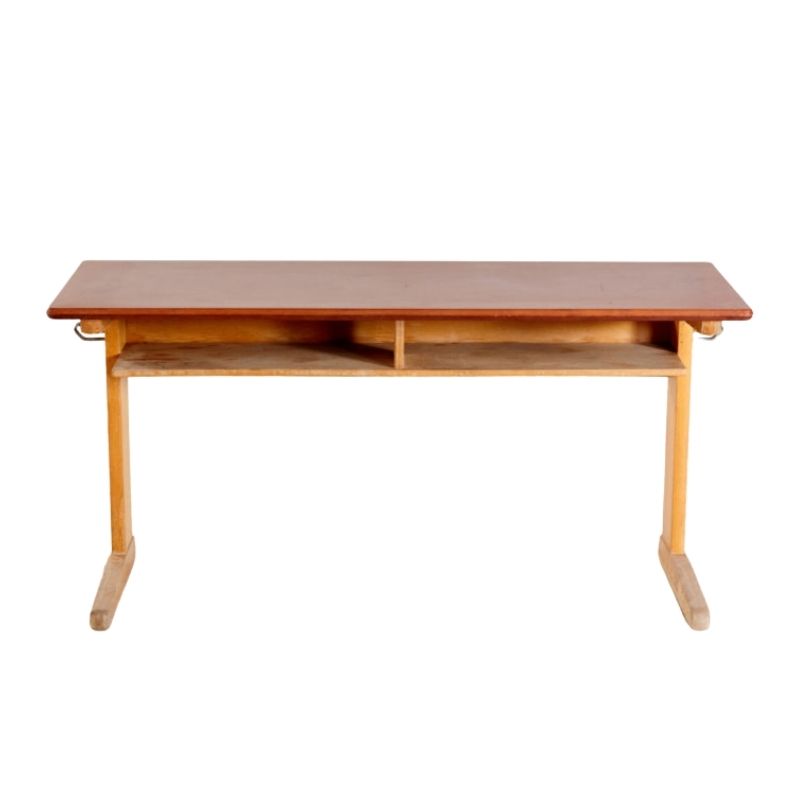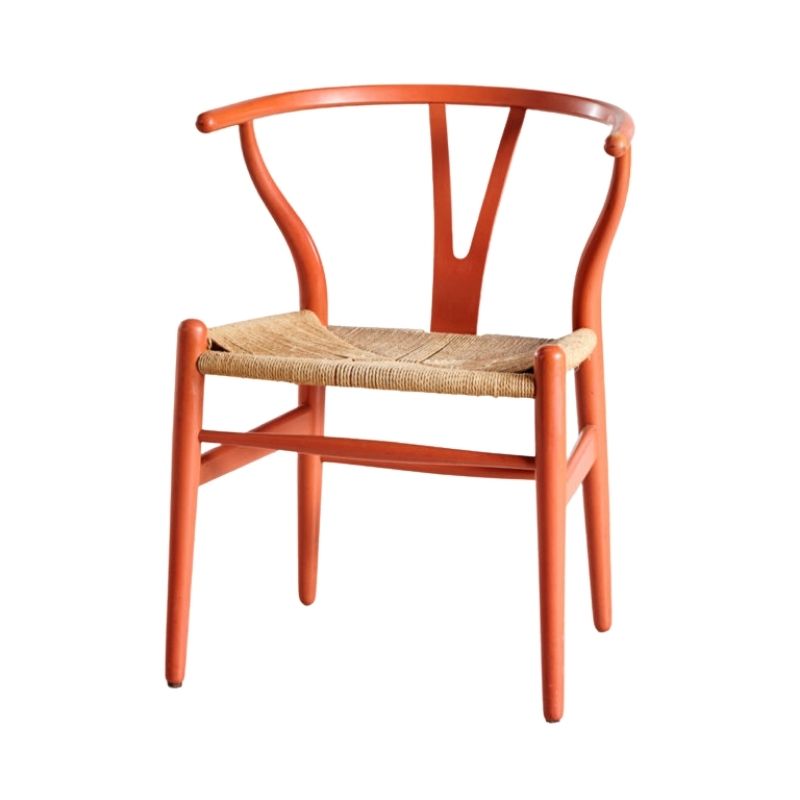I have the opportunity to purchase a Papa Bear chair for a pretty good price (under $5k). The chair is in absolutely terrible condition and needs to be completely redone, but thats about the only way I can afford one of these chairs. Unfortunately the chair is not visibly marked in its current state. I believe the chair to be accurate based on the fact that it came from a home packed with authentic Danish pieces, but I was hoping someone could take a look at these admittedly terrible photos and let me know if there are any signs that this chair is or is not accurate. Thanks!
















Hope you got the Wegner chairs too ! As a side note, there are at least three examples of this armchair being copied by Swedish companies already in the 50es/60es, with an article I remember on a Danish magazine complaining about that.
And good luck finding a good upholsterer for this job. There is actually a nice record for the upholstery of this chair on the japanese book for restoration of danish furniture, unfortunately only in japanese as far as I know, but the photos might help. Don't trash anything till you and the upholsterer come up with a plan.
I see many unmarked examples on the internet, and I don't think that the mark is crucial in this case. Leif has reupholstered one himself, as far as I remember. If he says the chair looks okay, it looks okay.
But do you plan to do the job yourself? Upholstery of a papa bear can be quite expensive, too. You want to do it the way Wegner intended it, with springs, flax, horsehair and so on.
"People buy a chair, and they don't really care who designed it." (Arne Jacobsen)
But do you plan to do the job yourself? Upholstery of a papa bear can be quite expensive, too. You want to do it the way Wegner intended it, with springs, flax, horsehair and so on.
Definitely not. I have an upholsterer I've used on some projects who is pretty good. He worked for Knoll way back when and does lots of jobs on vintage Knoll pieces. He recently did a great job on a Womb chair for me and while I was picking up my chair he was working on 3 other Wombs plus a Florence Knoll sofa. He also has a lot of experience with Danish pieces such as Egg chairs and Swan chairs, but I don't know if he has ever done a Papa Bear before. Considering the chair is a simpler shape than the Egg or Womb, I would think he could handle this. That being said, I should ask him if he plans on using horsehair and flax or just foam. Is there a significant difference between the two? Is it hard to find an upholsterer who can do it in the traditional manner and how much extra should I expect it to cost?
I don’t immediately see anything wrong with it
Thank you. Your expertise is highly regarded around here. Do you recall how much fabric is necessary to reupholster the chair? I found a website that says 8.5 yards are needed, but my upholsterer estimated it would take 6 yards (though he said he'd have to do some additional research).
But do you plan to do the job yourself? Upholstery of a papa bear can be quite expensive, too. You want to do it the way Wegner intended it, with springs, flax, horsehair and so on.
Definitely not. I have an upholsterer I've used on some projects who is pretty good. He worked for Knoll way back when and does lots of jobs on vintage Knoll pieces. He recently did a great job on a Womb chair for me and while I was picking up my chair he was working on 3 other Wombs plus a Florence Knoll sofa. He also has a lot of experience with Danish pieces such as Egg chairs and Swan chairs, but I don't know if he has ever done a Papa Bear before. Considering the chair is a simpler shape than the Egg or Womb, I would think he could handle this. That being said, I should ask him if he plans on using horsehair and flax or just foam. Is there a significant difference between the two? Is it hard to find an upholsterer who can do it in the traditional manner and how much extra should I expect it to cost?
I would best have @leif-ericson answer this question. But yes, there is a significant difference between the two and the Papa Bear is the Papa Bear because of the way the upholstery is done. I know that when PP Mobler reupholster one, they do it from scratch and charge around 8000 Euro which is about half the price of a new one. I also know that skilled Danish upholsterers with a lot of experience do it for about 2500 to 3000 Euro. But I doubt that you'd get a proper job for less than that. That's not to discourage you. I'd even advise you to buy it and maybe store it somewhere until you can afford it to be done correctly. The logic is: A Papa Bear is the Bentley in the furniture world. It doesn't get much more high-class than that. Therefore you don't want it to look and feel as if something was wrong with it. But if you really don't mind, you should maybe consider buying a cheaper chair.
"People buy a chair, and they don't really care who designed it." (Arne Jacobsen)
When I upholstered my papa bear (inherited from my grandfather) I had the benefit of the old fabric which was extremely weak and cat clawed, but at least present enough to use as templates. It would be very hard to do it without that. As I recall it was just a little over 11 feet of fabric, but it has been years, and I was able to use the presence of the selvedge on the original pieces and the direction of the warp and the weft to work out the puzzle of how AP had fit the pieces into that length. Certain pieces need to be at a specific orientation, primarily the two panels that form the inside of the wings, so that the stretch where your elbow goes is on the bias.
The very difficult parts to do without a template are 3:
1. the backrest is done as one piece of fabric, but with tapering folds/darts stitched in creating the grid where the buttons go. The ultimate effect is to flare out the fabric at the top and slim the lower and center back. When the Papa is done without this it is impossible not to get a horrible barrel chested looking chair.
2 the buttons have strings behind them used to further contour the backrest so that there is a hollow at the shoulders and lumbar support. They have virtually always frayed apart by now so upholsterers barely have any guide where they go to or how much to pull which one. I suspect most don’t even realize any of this is happening. Mine were frayed and it took a lot of examination to figure out where they were tied back to, and a cross examination of catalog photos to figure out exactly what the backrest contouring should look like.
3 the cushion is difficult. It is hand basted as two half cushions with rubberized horse hair pads on the inside. I recently saw a Japanese upholsterer show the process on Instagram.
The Papa Bear is almost always butchered when it is reupholstered. I have seen highly reputed shops show photos of reupholstered Papa Bear, and proudly as portfolio, that just made me cringe for how wrong the job was done and how badly it looked.
By the way, the fact it is unmarked is completely irrelevant. Many of them were unmarked. First the lack of a Danish Furnituremakers’ Control means it is pre-1959. And especially in the 1950s marking depended on who the original retailer was primarily (and when) and secondarily on who the maker was. Carl Hansen and Andreas Tuck were two who pushed the retailers hard to accept marking from the maker, but even then it is not universal with CH or AT. AP was much less pushy. Prior to Carl Hansen I don’t think there was a single maker who pushed the issue at all and it is a sign of how much things were changing with exports and tourism and how desirable HJW’s chairs were that CH had any negotiating power at all to make retailers accept marked furniture.
You have to understand that the idea of marking was not a ‘maker’s mark’ as we say in English. It was the retailer’s informal right, and probably contractual right often, at the beginning of the era of Danish Modern, and that changed with the maker applying marks and especially adding the designer as a marketing point over the 1950s. It became something of a common point of negotiation between makers and retailers. Retailers especially the prominent ones who sold the most wanted unmarked. Some makers wanted marked. Some makers didn’t care. Some makers were very happy to give the negotiating chip to the retailers to make them more likely to buy their merchandise. And all of this changed over time between 1950 and 1970 with marks becoming more common by the end of the era.
The point is that the mark was a piece of marketing for the maker (and designer) and had absolutely nothing to do with proving authenticity. Authenticity has to be proved through the piece itself. The mark is only a single sign of hundreds and it is the least trustworthy sign there is since it can be forged and sometimes has been on high value pieces.
Thank you so much @leif-ericson. Your information has been invaluable. Given how much of the upholstery is missing on this chair, I’m guessing it would be prudent to seek out an upholsterer with extensive Papa Bear experience who will have patterns to work from and is intimately familiar with the construction of the chair. Am I correct in assuming that such an upholsterer would be able to reupholster this chair without the benefit of using the existing upholstery as a pattern?
Well, maybe. The problem is there are lots of upholsterers with experience re-upholstering a Papa Bear and I have been less than impressed with the results. So really experience upholstering a Papa Bear is irrelevant. The ability to upholster one correctly is key.
Got any tips on how to find such an upholsterer? I am located on the east coast of the US if it is relevant. I just emailed 3 large auction houses that specialize in MCM to ask if they could refer me to someone. I am open to any other ideas.
If you need any help, please contact us at – info@designaddict.com



